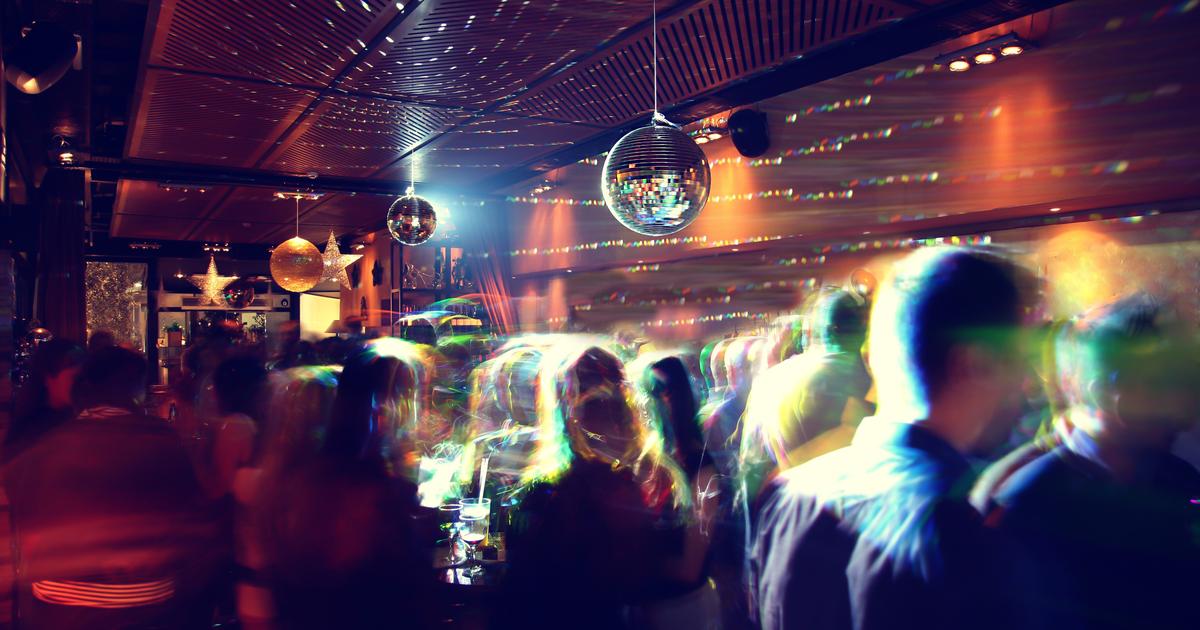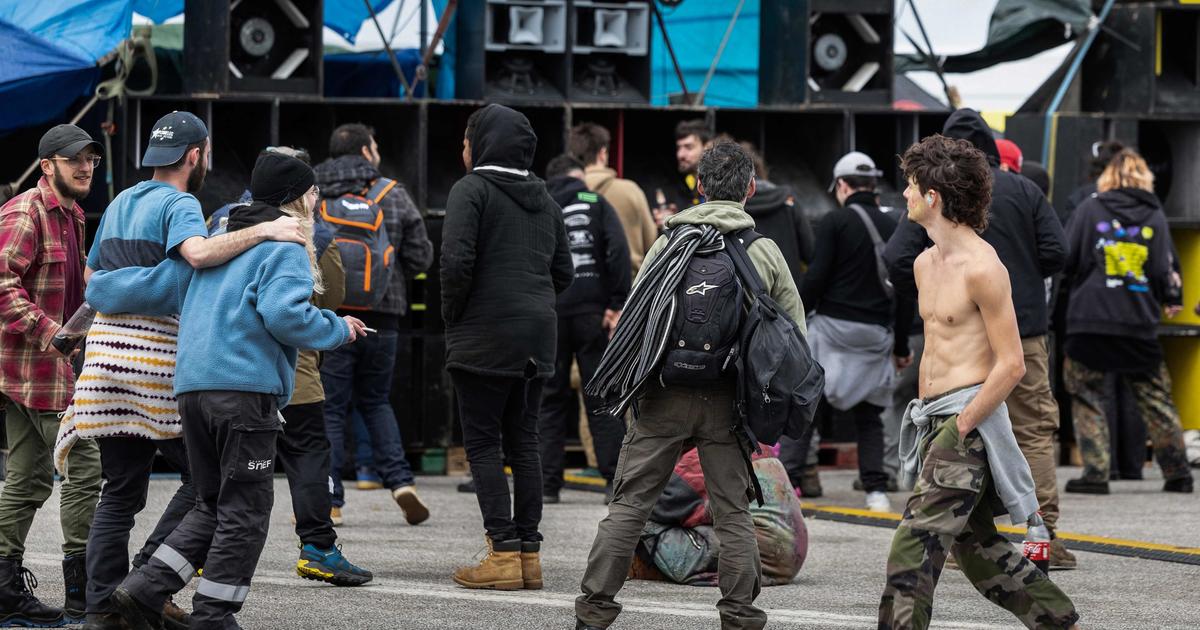It has been one of the fixed news last Christmas: the
rave
that mysteriously materialized in La Peza, a town in Granada.
It was illustrative to see similar images on many newscasts: television crews reporting from a distance, sometimes talking about it as if it were a catastrophe, with headlines such as: "A young man admitted for intoxication" (in a festive gathering of, supposedly, 4,000 people , we could no longer speak of sobriety, but of general moderation).
What was remarkable, however, was the moderation of the mayor and the benevolence of the neighbors.
As if they assimilated that
raves
are essentially a Spanish invention, Ibizan to be exact.
There, at the end of the 80s, when Amnesia and other discos closed, the most tireless dancers had appointments in remote places, where the party continued: someone had set up a sound system, powered by a generator.
Over time, island
raves
distanced themselves from the hospitality business, devoting themselves to music that is rare on the dance floor or at Café del Mar sunsets, such as
psychedelic trance.
We witness with amusement the hypocritical denunciations of some owners — “we pay taxes and they don't” — as if we didn't know that the cash registers of the discotheques do sleight of hand every night.
More information
The residents of La Peza ask that the 'rave' be held again in their town next year
Raves
caught
on in the UK in 1988, when British DJs returned spiritually transformed by the eclectic sound of some Ibizan DJs and the sense of brotherhood generated by MDMA pills.
Immediate problem: The nightlife of, say, London was characterized by aggressive bouncers, insane prices, inflexible hours, rigorously filtered music, and those signs that any customers caught using drugs would be turned over to the police.
What would become known as the Second Summer of Love was a product of
raves,
which changed clothing, dances, music, and even sexual habits.
Initially, they were held in factories, warehouses and other abandoned buildings;
the city, following Thatcherian ideology, was dispensing with its industrial base.
They were hits but,
alas,
they gave cante and the authorities prevented it from happening again.
The epic stage of the
raves began:
they began to take place in the countryside and in the open air (knowing the British weather, you can imagine the devotion of the attendees), although they also took advantage of forgotten hangars from the Second World War.
They were advertised through leaflets and through the popular pirate radios.
They were easy for police forces to locate, although they tended to show up when things were at a height and shutting them down created a real public order problem.
Another image of the 'rave' of La Peza. FRANCISCO BONILLA
The end of the eighties was characterized by a game of cat and mouse between
ravers
and uniformed men.
Usually, meeting points were established at gas stations and service areas, where the exact address of the
rave was communicated.
The persecutors did not understand the phenomenon: they stopped the DJs en route, convinced that the shipment of ecstasy for the night was traveling among their vinyl records.
And not.
Theoretically,
rave
promoters fit the model of entrepreneurship encouraged by Margaret Thatcher: they detected a demand that they rushed to fill.
Some were also scions of illustrious families of the Conservative Party, which facilitated the rental of rural mansions and
ad hoc estates.
They were waiting for the agents with an impeccable document and the reinforcement of a prestigious lawyer.
A whole police team was formed, the Pay Party Unit, which resorted to traps such as setting up a
rave,
called Space, hoping to catch all the bad guys.
It didn't work.
It was more efficient to proceed to seize everything used in
raves,
from loudspeakers to DJ equipment.
And increase legislative pressure, which led to the Criminal Justice and Public Order Act of 1994.
“Succession of repetitive rhythms”
It has gone down in history for including a clumsy definition of music that penalized, "a succession of repetitive rhythms."
And for the extraordinary powers, which allowed the prior arrest of anyone involved in planning a
rave
and the prohibition of the sacrosanct right of an Englishman to move freely.
The fury of the staff was expressed in the streets, with demonstrations that were mercilessly suppressed by riot police.
The riots were short-lived: businessmen invested in mega-clubs and legal festivals;
the
raves
moved to countries on the European continent.
Many years later, John Major, then head of government, was asked to justify such draconian measures (Major, the son of a circus performer, was supposed to have some sympathy for popular entertainment).
He claimed not to remember anything: “You would have to ask the then Home Secretary, Michael Howard [a more Thatcherian politician than Thatcher herself].
There is a belief that every government decision is supervised by the Prime Minister.
That is not true."
Subscribe to continue reading
Read without limits
Keep reading
I'm already a subscriber

/cloudfront-eu-central-1.images.arcpublishing.com/prisa/A46NOCTVKZB75AJF7LSMXB2KQE.jpg)










